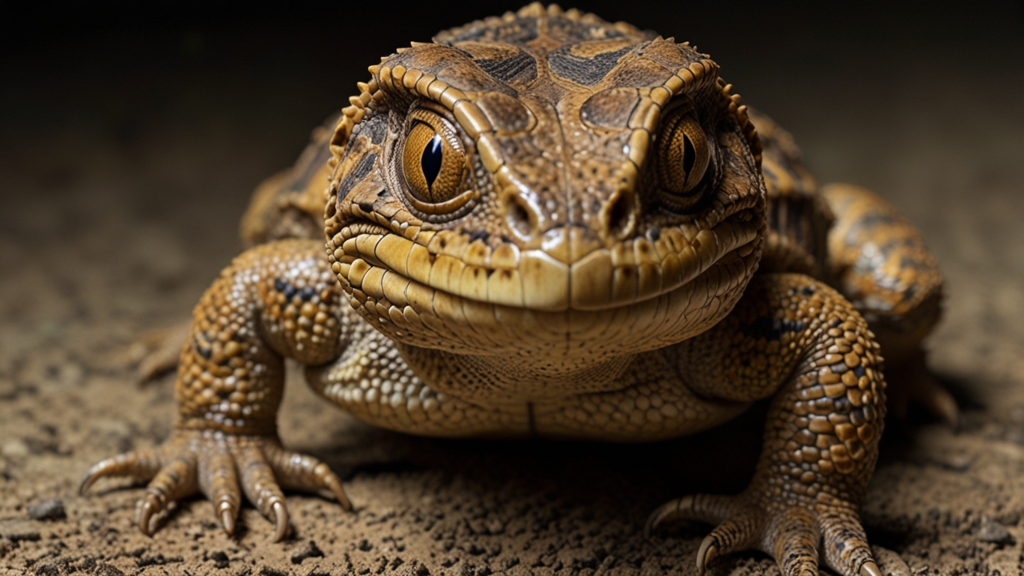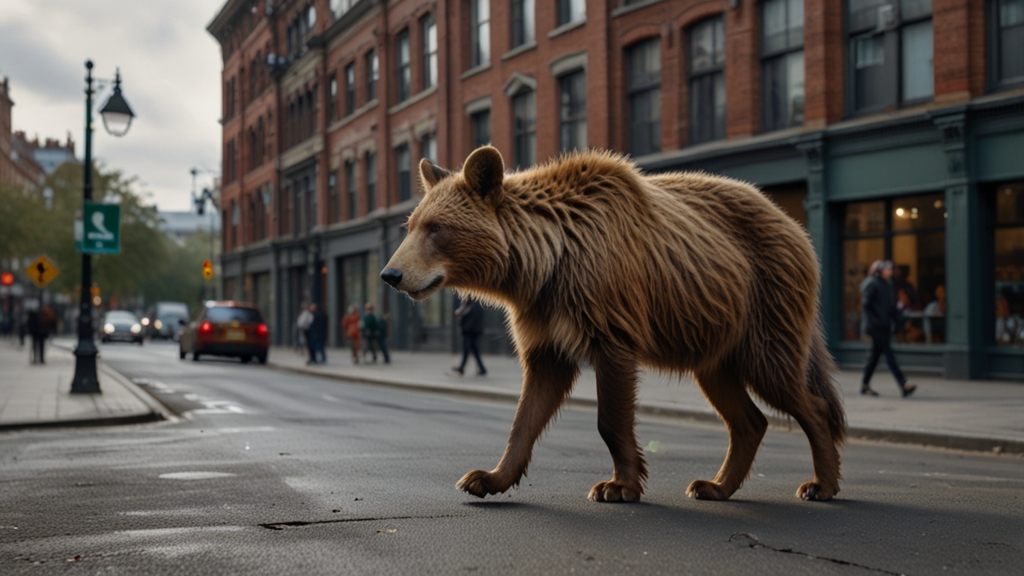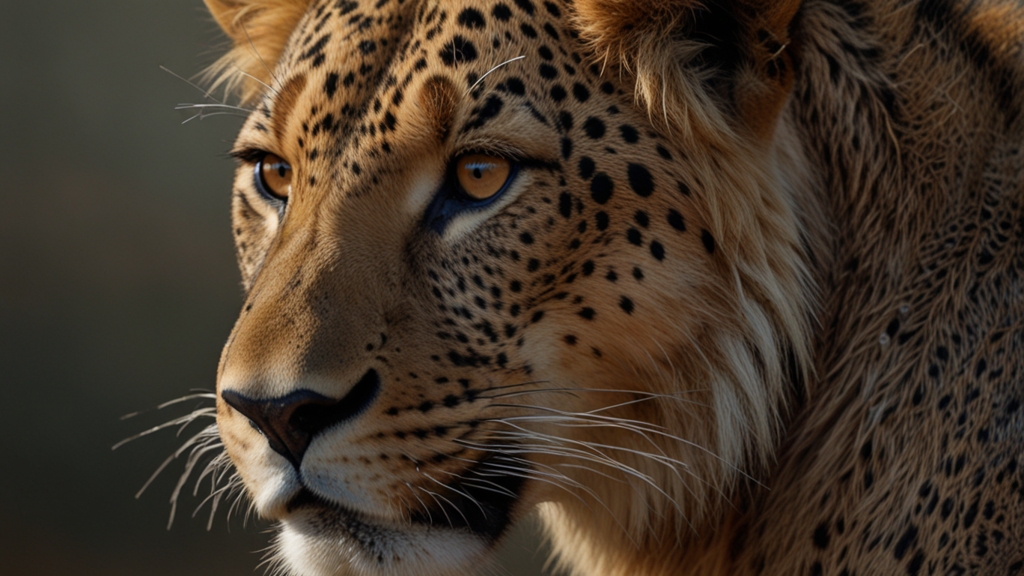From Scales to Shells: Understanding the Diversity of Reptilian Life
Reptiles are a fascinating class of animals that have captivated the human imagination for centuries. From the majestic Komodo dragon to the unassuming garter snake, reptiles display a remarkable range of adaptations and characteristics. This diversity, embodied in approximately 10,000 species, demonstrates the evolutionary success of this group, which has existed for more than 300 million years.
The Four Main Groups of Reptiles
Reptilian life can primarily be divided into four main groups: Squamata, Testudines, Crocodilia, and Rhynchocephalia. Each group has unique attributes that contribute to the overall diversity of reptiles.
Squamata: Lizards and Snakes
Squamata is the largest order of reptiles, encompassing roughly 8,000 species of lizards and snakes. This group is characterized by their flexible jaws, which enable them to consume prey larger than their head. Lizards vary greatly in size and morphology, from the tiny gecko to the large Komodo dragon. Similarly, snakes range from the minute thread snake to the massive anaconda.
Testudines: Turtles, Tortoises, and Terrapins
Unlike other reptiles, members of the Testudines group possess a unique protective shell. This shell, composed of a carapace on top and a plastron on the bottom, sets turtles, tortoises, and terrapins apart from their reptilian cousins. Their hard shells provide defense against predators, making them effective survivors in various environments, whether it be marine, freshwater, or terrestrial.
Crocodilia: Crocodiles, Alligators, Caimans, and Gharials
Crocodilia, the order that includes crocodiles, alligators, caimans, and gharials, are primarily aquatic reptiles known for their impressive size and powerful jaws. These formidable creatures have been around for about 85 million years, showing a remarkable adaptability to changing environments. They play crucial roles in their ecosystems as apex predators, controlling the population of various species and contributing to the ecological balance.
Rhynchocephalia: Tuataras
Rhynchocephalia is the smallest and perhaps least known order of reptiles, consisting only of the tuatara species found in New Zealand. Despite their lizard-like appearance, tuataras are distinct in several anatomical features, such as a unique tooth arrangement and a "third eye" on the top of their head, which is believed to regulate circadian rhythms.
Adaptations and Survival Strategies
Reptiles exhibit a variety of adaptations that have enabled their survival and proliferation in diverse environments. These adaptations include physical, behavioral, and physiological traits that help reptiles manage temperature, avoid predators, and capture prey.
Reptiles are ectothermic, meaning they rely on external sources of heat to regulate their body temperature. This is why you often see lizards basking in the sun or crocodiles lying on riverbanks. Through behavioral thermoregulation, they move between sunny and shady areas to maintain an optimal temperature.
Additionally, many reptiles possess specialized physical features. For example, chameleons have zygodactylous feet and prehensile tails, allowing them to navigate tree branches skillfully. Snakes, on the other hand, have evolved elongated bodies devoid of limbs, which enables them to slither efficiently through various terrains.
Reproduction and Lifecycles
Reptilian reproduction varies widely across species, but most exhibit internal fertilization. Many reptiles are oviparous, laying eggs that hatch outside the mother's body, while others, like some species of snakes and lizards, are ovoviviparous or viviparous, giving birth to live young. This diversity in reproductive strategies aids in survival, as different methods are advantageous in varying environmental contexts.
Some turtle species can delay fertilization, storing sperm for several years until conditions are ideal for offspring. This reproductive flexibility demonstrates how reptiles have evolved strategies to enhance reproductive success in fluctuating environments.
Reptiles also display varied lifespans. While many small lizards may only live for a few years, certain tortoises are known to exceed 100 years, showcasing an extraordinary range in longevity within the class.
Conservation and Future Outlook
Despite their success, reptiles face numerous conservation challenges due to habitat destruction, climate change, and exploitation. Many species are now threatened or endangered, prompting urgent conservation efforts. Protected areas, breeding programs, and legal frameworks are critical in ensuring the survival of these remarkable creatures.
Understanding the diversity of reptilian life illuminates the intricate tapestry of adaptation and evolution. From scales to shells, each reptile plays a vital role in their respective ecosystems, and their conservation is paramount to maintaining the planet's ecological balance.









